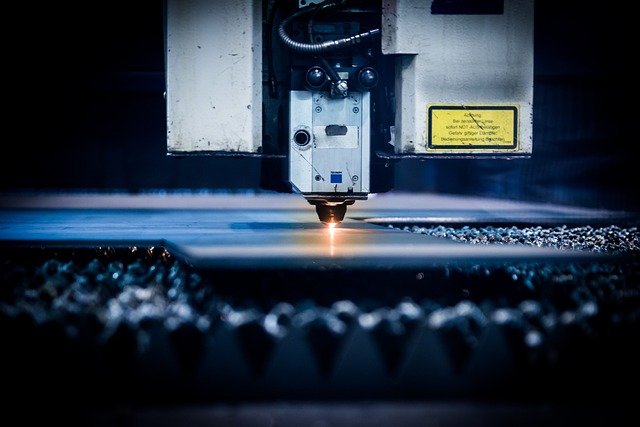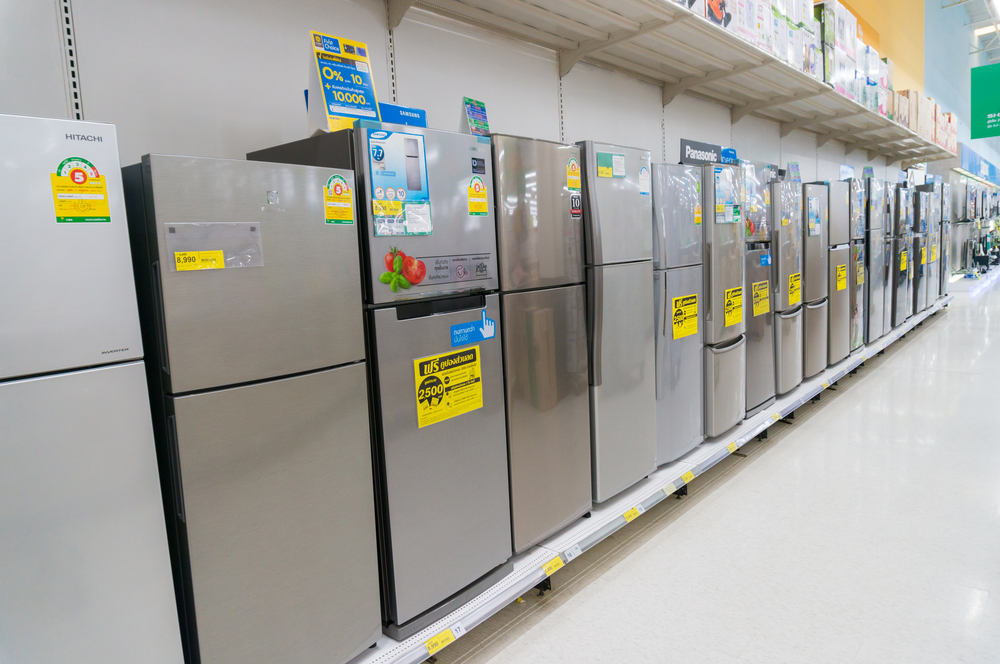Portable Laser Welders Improve Accuracy and Efficiency in United States
Portable handheld laser welders are gaining traction across U.S. fabrication shops and service teams because they combine precision, speed, and portability. By concentrating heat in a narrow zone, they reduce distortion and rework on thin and thick metals alike, enabling clean, consistent results with less post-processing in a wide range of applications.

Advances in fiber-laser technology have made portable laser welders a practical tool for U.S. manufacturers, custom fabricators, and maintenance crews. These systems pair a compact laser source with a hand-held welding head and integrated controls, enabling precise, low-heat input welds on stainless steel, carbon steel, aluminum, and certain copper alloys. Many units also include cleaning and cutting modes, helping teams finish jobs faster with fewer consumables in your area.
What are portable laser welders and what are their advantages?
Portable laser welders are typically Class 4 fiber-laser systems that deliver energy through a handheld torch with interchangeable nozzles and, optionally, a wire feeder. Compared with MIG/TIG, laser welding concentrates heat into a smaller spot, producing a narrow heat-affected zone and smooth beads. The result is less distortion, faster travel speeds, and reduced grinding or polishing. Operators often report shorter learning curves, especially when using wobble heads that stabilize the keyhole and improve gap bridging.
From a practical standpoint, portability means the source, chiller, and controls are mounted on a compact cart or cabinet that can be rolled to the workpiece. Many systems run on single-phase power and use argon or nitrogen shielding gas. Because laser welding can join thin sections quickly with minimal spatter, it is suited to precision assemblies and aesthetic welds. With proper joint prep and fixturing, it can also handle thicker plate when power and fit-up allow.
In which industrial sectors is laser welding used?
Laser welding is common in high-value manufacturing where precision and repeatability matter. In medical devices, it’s used for stainless and titanium components that need minimal thermal impact. In electronics and battery assembly, it can weld tabs and enclosures with controlled heat input. Aerospace and defense teams use it for fine-feature assemblies and repairs when tolerances are tight. General fabrication shops employ handheld units for stainless furniture, signage, food-processing equipment, and architectural metalwork in the United States.
Field service and maintenance teams also benefit. Portable laser welders can support on-site repairs for automotive bodywork, EV battery housing components, HVAC equipment, and agricultural or construction machinery where access and cleanliness are priorities. To deploy safely, U.S. workplaces typically align with ANSI Z136 laser safety requirements and use appropriate PPE, enclosures, and interlocks. Operator qualification and procedure development help ensure consistent weld quality.
Cost Considerations for Portable Laser Welders
Total cost depends on laser power (often 1000–2000 W), wobble head capability, integrated wire feed, cooling, brand support, warranty, and safety features. Ownership costs also include shielding gas, power, nozzles, lenses, PPE, and periodic maintenance. Training and a basic safety program are important line items. The prices below are market estimates gathered from publicly available listings and reseller quotes; actual quotes vary by configuration, delivery, taxes, and service packages.
| Product/Service | Provider | Cost Estimation |
|---|---|---|
| LightWELD 1500/1500 XC (handheld laser welder) | IPG Photonics | $20,000–$30,000+ (estimate) |
| HW Series Handheld Laser Welder | BOSS Laser | $12,000–$25,000+ (estimate) |
| Handheld Laser Welder (1500–2000 W) | SENFENG | $10,000–$20,000+ (estimate) |
| Handheld Laser Welding System | OMTech | $8,000–$16,000+ (estimate) |
| Handheld Laser Welder | Han’s Laser | $12,000–$25,000+ (estimate) |
Prices, rates, or cost estimates mentioned in this article are based on the latest available information but may change over time. Independent research is advised before making financial decisions.
Beyond equipment price, consider productivity and quality impacts. Faster travel speeds can compress lead times and reduce overtime, while the low heat input often cuts rework and cosmetic finishing. For shops doing stainless and aluminum, a single portable system can shift work from TIG to laser on many jobs, freeing welding cells and improving throughput. Conducting sample welds on your own materials is a practical way to validate settings, aesthetics, and cycle-time assumptions before purchase.
What influences adoption and results in your area?
Successful adoption typically starts with part selection. Joints with good fit-up, thin to medium gauges, and clear access yield quick wins. Material reflectivity (e.g., aluminum, copper) may require higher power and careful surface preparation. Fixturing that stabilizes gaps and maintains torch angle helps maintain consistency. For safety, follow Class 4 laser protocols: beam enclosures where feasible, proper eyewear matched to wavelength, and training for everyone working around the system. Many U.S. teams phase in portable units alongside MIG/TIG, assigning each process where it performs best.
In supply chain terms, local services can help with installation, training, and after-sales support. When evaluating options in your area, compare warranty terms, spare parts availability, and responsiveness of technical support. Documented procedures and welder/operator qualifications support quality assurance, especially for regulated industries and customers who require records of process parameters.
In summary, portable laser welders combine accuracy, speed, and portability that suit a broad range of U.S. manufacturing and service environments. With careful part selection, appropriate safety measures, and a realistic view of total cost, teams can leverage laser welding to raise throughput and consistency while reducing post-processing and distortion on many common alloys.




